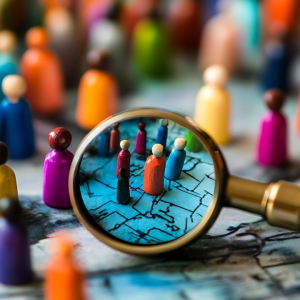When a crisis strikes—whether it’s a panic attack, a loved one in danger, or a mental health emergency—knowing exactly where to turn can make all the difference. In recent years, public interest in mental health hotlines, community response teams, and peer-support networks has skyrocketed. Yet, too often, people waste precious minutes searching for the right number or website. At Servicingpedia, we’ve compiled and explained the essential crisis support services across sectors so you can find help—fast.
1. Why Crisis Support Is Front of Mind
- Rising Awareness: Campaigns like World Mental Health Day have lifted the veil on depression, anxiety, and suicide prevention.
- Real-Time Stressors: Economic uncertainty, social isolation, and global events increase the likelihood of emergencies.
- Digital Discovery: More people now search online for “mental health help near me” or “urgent crisis line,” driving public interest in accessible services.
With demand up, it’s critical to know which services exist, what they do, and how they operate 24/7.
2. Mental Health Hotlines & Helplines
- National Suicide Prevention Lifeline (US)
– Toll-free support for emotional distress and suicidal ideation.
– Available 24/7 via phone, chat, and text.
– Website: https://suicidepreventionlifeline.org
- WHO Mental Health Support Access Guide
– Global directory of mental health services, by country and region.
– Guidance on remote counseling and telemedicine options.
– Learn more: https://www.who.int/teams/mental-health-and-substance-use/mental-health-globally
- National Alliance on Mental Illness (NAMI) Helpline
– Peer-led support, information, and referrals for individuals and families.
– Available weekdays via phone and email.
– More info: https://www.nami.org/help
3. Emergency & First-Responder Services
- Emergency Medical Services (EMS): Dial your local emergency number (e.g., 911 in the US, 112 in the EU) for immediate medical or psychiatric crises.
- Crisis Text Lines: Text-based support (e.g., “HELLO” to 741741 in the US) offers discreet, text-chat counseling.
- Mobile Crisis Teams: Specialized units—often a mental health professional paired with a peer counselor—that can respond in person to de-escalate situations.
4. Community & Peer-Support Networks
- Peer-Run Warm Lines: Non-crisis lines staffed by trained peers who have “been there,” offering emotional support and referrals.
- Online Support Groups: Moderated forums and video-chat meetups for people facing similar challenges (e.g., grief, addiction, bipolar disorder).
- Local Resource Centers: Community centers often host drop-in hours, support groups, and connection to low-cost counseling.
5. How Servicingpedia Helps
At Servicingpedia, we believe that when it’s urgent, you need fast answers. Our platform:
- Aggregates & Verifies: We list only accredited and up-to-date services—no broken links or outdated phone numbers.
- Filters by Need & Location: Whether you need LGBTQ+–friendly counselors, youth crisis lines, or domestic-violence support, filter in seconds.
- Provides Quick-Access Tools: One-click dialing, live-chat widgets, and downloadable emergency cards you can print at home.
6. Call to Action
Don’t wait until you’re in crisis to find help. Bookmark Servicingpedia now—so you can connect to the services that matter most, exactly when you need them. Whether it’s mental health support, emergency response, or community resources, we’re here to guide you every step of the way.






